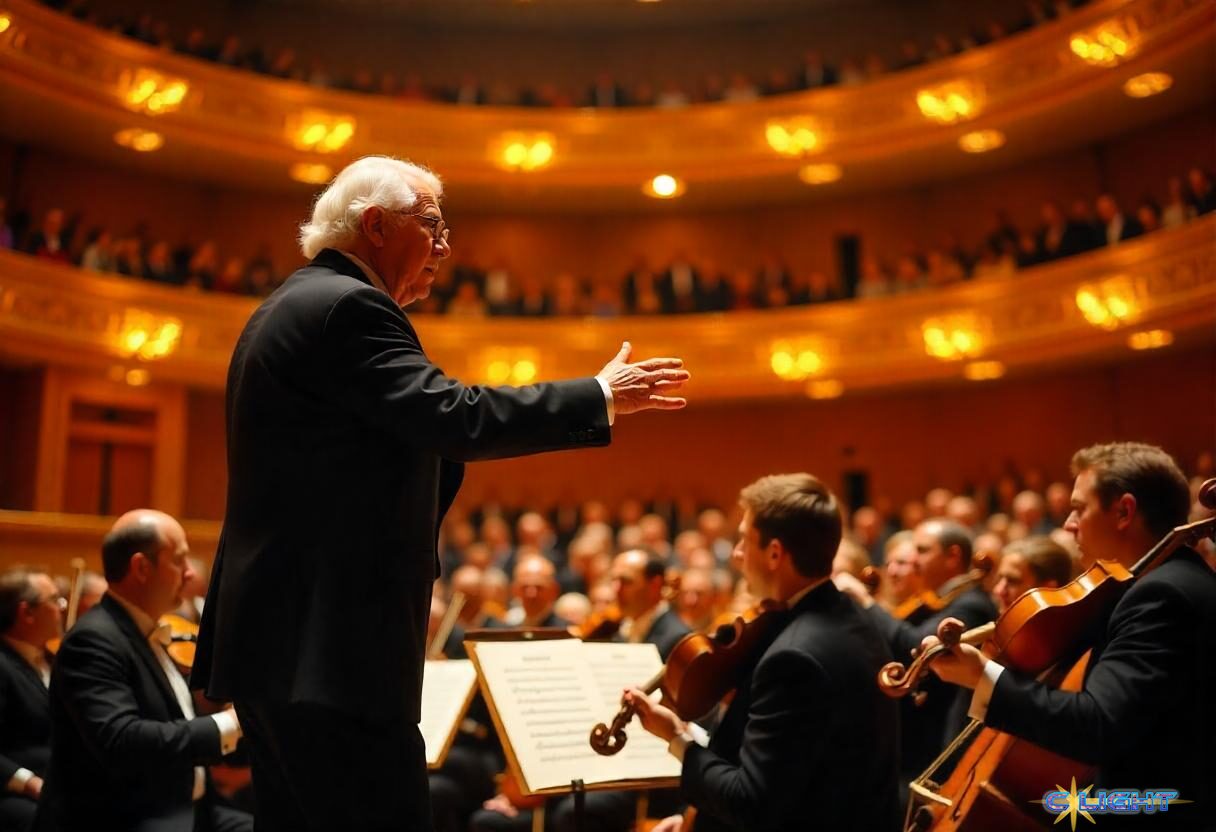Orchestral music, in all its various formats, has a long-standing tradition in the United States. From John Philip Sousa to Arthur Fiedler to John Williams, America’s many conductors, and composers have chosen orchestral formats to express the melodies that have come to be associated with the United States. ‘The Stars and Stripes Forever’ causes hearts all across the country to swell with pride. Aaron Copeland’s ‘Appalachian Spring’ invokes images of a country evolving as the sun rises over the mountains and sets along the beaches. George M. Cohan’s ‘Yankee Doodle Dandy’ and ‘Grand Ole’ Flag’ were much-needed inspiration for American troops going off to fight World War I.
Anyone can make music. Sure, a little talent here and there helps, but sit in a fifth-grade music class the day flutaphones are handed out, then visit two weeks later and you’ll notice an amazing difference in the unity of the high-pitched tones that almost sounds like ‘Hot Cross Buns’… or maybe ‘Three Blind Mice.”
Anyone can enjoy music. Taste and genre preferences notwithstanding, there are certain sounds that every ear enjoys hearing. The phonograph was specifically created to facilitate at-home enjoyment of concert sounds. Those recordings then pushed on the development of radio, television, and streaming media.
Most critically, music stimulates the same part of the brain that fosters critical thinking skills, mathematics, and science research. There’s good reason that some of the world’s most brilliant minds, including Albert Einstein, have had strong music backgrounds.
So why is it that in 2024, 2.3% of surveyed orchestra musicians were Black, 4.6% were Hispanic, 11.7% were Asian, 2.1% were multiracial, 0.5% were American Indian, 0.2% were Native Hawaiian, while 78.6% were White? Historically, music education has been the domain of the white middle class and the well-to-do. This has left out some of the country’s most brilliant talents who either had to teach themselves or learn from others on the street.
While many orchestras have been making efforts to increase the diversity of their members, a significant number of musicians of color continue to be left out in the cold. They don’t get the chance to audition. They don’t have the opportunities to advance their music education. And now, they’re losing opportunities to perform.
The most immediate problem is the president’s executive order eliminating all diversity, equity, and inclusion programs, across the board, in every setting. Funding for music programs has been lost. Facilities that are handicap accessible have lost their access. Students of color are being told on one hand that they must compete based on ‘merit,’ but then they’re denied opportunities to develop their skills and achieve the levels that allow them to be seated among the best.
The long-running CBS News show, 60 Minutes, tackled this subject in a feature piece aired yesterday (Sunday, March 16). They did such a thorough job that we decided to share that video rather than attempting to describe it. We encourage you to listen carefully to the words of these musicians. They’re using music as an act of resistance against a society that is deliberately trying to wipe them out.
Discover more from Clight Morning Analysis
Subscribe to get the latest posts sent to your email.










